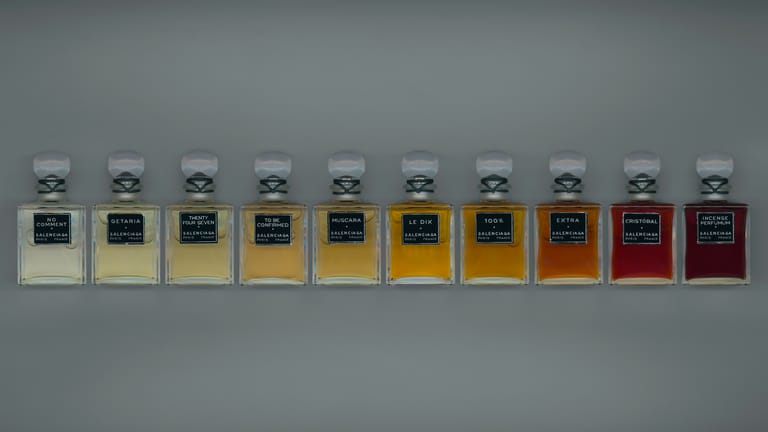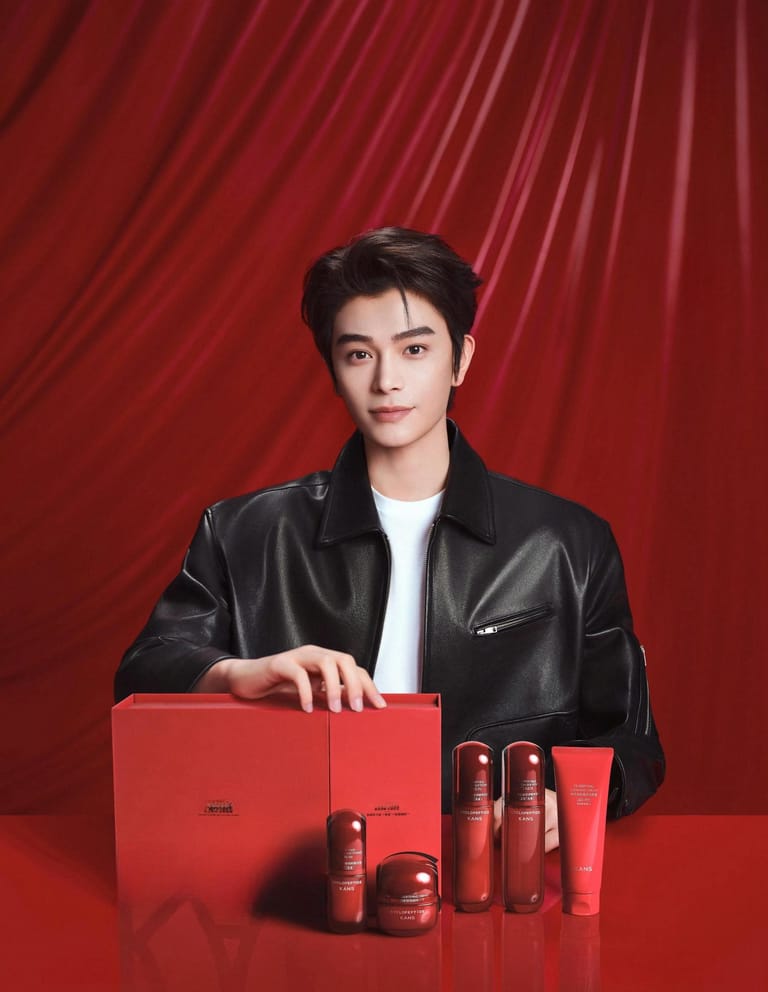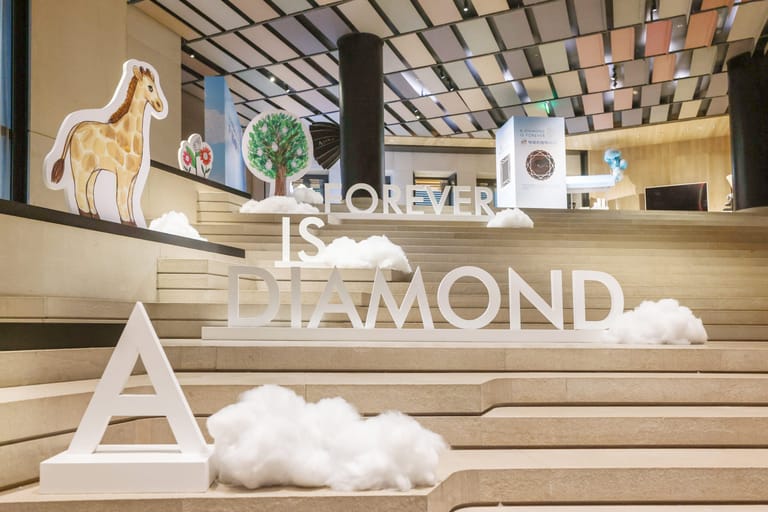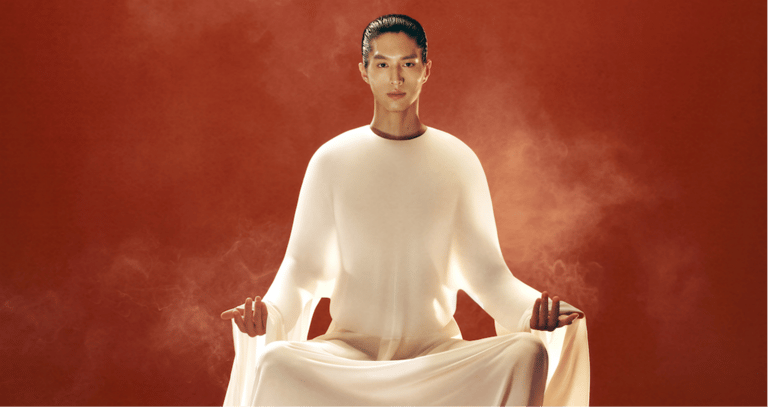Decoding L’Oréal China’s Growth Playbook
By
Wenzhuo Wu

Published on
April 1, 2025

Jingzhi Curates is your daily compass for navigating the dynamic intersections of business, culture, and society. Each installment distills the day’s most pressing issues into thoughtful, actionable insights—perfect for leaders, innovators, and the intellectually curious. Whether a game-changing shift in global markets, a breakthrough in AI, or a cultural trend redefining consumer behavior, Jingzhi Curates delivers clarity in complexity.
Beauty has long been a cornerstone of China’s consumer economy, but its true impact extends far beyond retail sales.
On March 31, L’Oréal China hosted the 2024/2025 Strategic Development Conference, unveiling its latest market insights, evolving consumer trends, and strategic vision for the future. Vincent Boinay, President of L’Oréal North Asia and CEO of L’Oréal China, along with Laurence Ma, Deputy CEO of L’Oréal China and General Manager of L’Oréal Luxe China, and members of the Group’s Strategic Committee, shared the company’s latest performance and key growth priorities.
During the event, L’Oréal China highlighted the socio-economic value of the beauty sector, revealing a striking perspective: for every direct job created in the industry, an additional 20 employment opportunities emerge across its supply chain.
At first glance, this statistic is impressive, but a closer examination reveals broader implications for China’s evolving economic structure, workforce transformation, and the strategic positioning of global beauty brands in one of the world’s most sophisticated consumer markets.
Beauty as an Economic Multiplier
China’s beauty industry has undergone a seismic shift in recent years, propelled by rising disposable incomes, shifting consumer preferences, and the rapid digitalization of retail. The beauty industry’s influence is not confined to major metropolitan hubs like Shanghai or Beijing; its ripple effect extends across manufacturing hubs, e-commerce logistics, and even small-scale entrepreneurial ventures in lower-tier cities.
This multiplier effect underscores the broader reconfiguration of China’s labor market. As traditional sectors such as real estate and manufacturing face cyclical slowdowns, industries driven by discretionary spending—beauty, fashion, and wellness—are emerging as vital engines of employment. The shift from capital-intensive to experience-driven consumption aligns with Beijing’s goal of rebalancing the economy toward domestic demand.
Under its “Consumer First” approach, L’Oréal emphasizes anticipating micro-trends and making early strategic moves. It aims to unlock growth potential among Gen Z, mature consumers, and men, with the ultimate goal of reaching 150 million Chinese consumers by 2030.
Digital Ecosystems and the Beauty Supply Chain
The digital economy is a key enabler of beauty’s expansive reach. E-commerce giants like Tmall, JD.com, and Douyin have built ecosystems where brands, influencers, and consumers converge in real time. The rise of social commerce means that beauty advisors are no longer confined to department stores; they operate within live-streaming rooms, WeChat mini-programs, and AI-driven recommendation engines. This phenomenon fuels employment opportunities in areas such as digital marketing, logistics, and customer service, which collectively form an intricate web of economic activity.
Moreover, the demand for local talent with specialized expertise in product development, skin science, and sustainability has surged. As a leading player in the beauty sector, L’Oréal has been actively investing in research and development facilities in China to tailor their products to the market’s unique demands. This localized innovation is not merely about adapting formulas—it’s about tapping into China’s centuries-old traditions of herbal skincare, leveraging AI-driven beauty tech, and integrating sustainability into packaging and ingredient sourcing.

Strategic Shifts and Policy Implications
For policymakers, the employment impact of the beauty sector presents an opportunity to refine labor and industrial policies. Encouraging vocational training programs tailored to beauty and personal care—ranging from cosmetic chemistry to digital branding—could bolster workforce readiness. Simultaneously, initiatives promoting the development of clean beauty, green supply chains, and cruelty-free product testing align with China’s broader sustainability ambitions.
From a corporate strategy perspective, the insights from L’Oréal’s report reaffirm the necessity for multinational beauty brands to move beyond a transactional relationship with Chinese consumers. To thrive in this competitive landscape, global players must deepen their commitment to local economic development—whether through strategic partnerships with domestic suppliers, incubating next-generation beauty entrepreneurs, or co-developing industry standards with regulators.
The Future of China’s Beauty Economy
The beauty sector’s expanding socio-economic footprint offers a glimpse into the future of China’s broader consumer industries. As demographic trends shift and Gen Z consumers redefine notions of self-care and identity, beauty is poised to remain not only a cultural mainstay but also an economic powerhouse.
Ultimately, L’Oréal’s findings serve as more than a corporate milestone; they highlight the intersection of commerce, employment, and technological transformation. In an era where China’s growth narrative is increasingly shaped by consumption and innovation, the beauty industry exemplifies how soft power and hard economics are becoming ever more intertwined.
